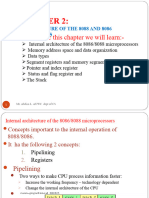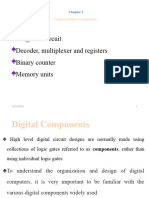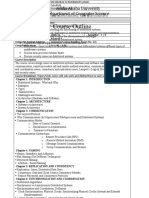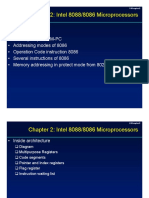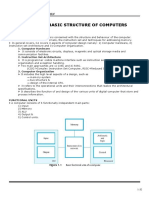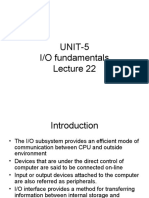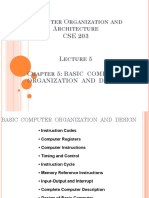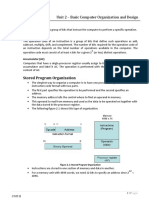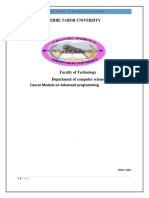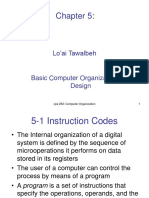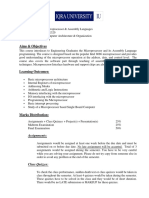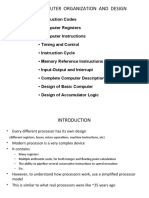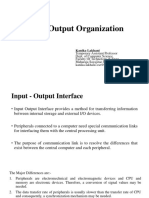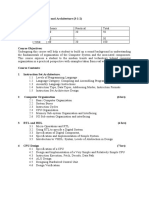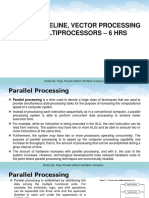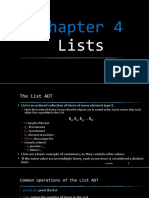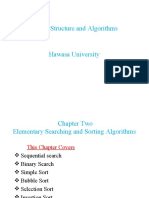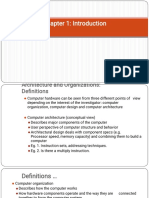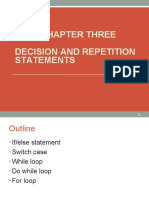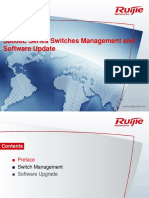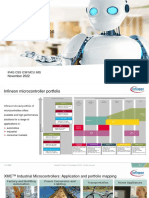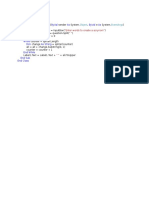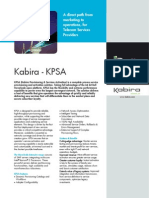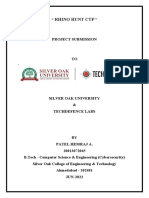100% found this document useful (1 vote)
525 views49 pagesAssembly Language Basics
computer organization and architecture power point for unifying concepts visualized at the specified level of accuracy for most students that are in a close relationship with the behavior and operating of computer systems involving core concepts under the likelihood of theorists.
Uploaded by
DesyilalCopyright
© © All Rights Reserved
We take content rights seriously. If you suspect this is your content, claim it here.
Available Formats
Download as PPT, PDF, TXT or read online on Scribd
100% found this document useful (1 vote)
525 views49 pagesAssembly Language Basics
computer organization and architecture power point for unifying concepts visualized at the specified level of accuracy for most students that are in a close relationship with the behavior and operating of computer systems involving core concepts under the likelihood of theorists.
Uploaded by
DesyilalCopyright
© © All Rights Reserved
We take content rights seriously. If you suspect this is your content, claim it here.
Available Formats
Download as PPT, PDF, TXT or read online on Scribd
/ 49
